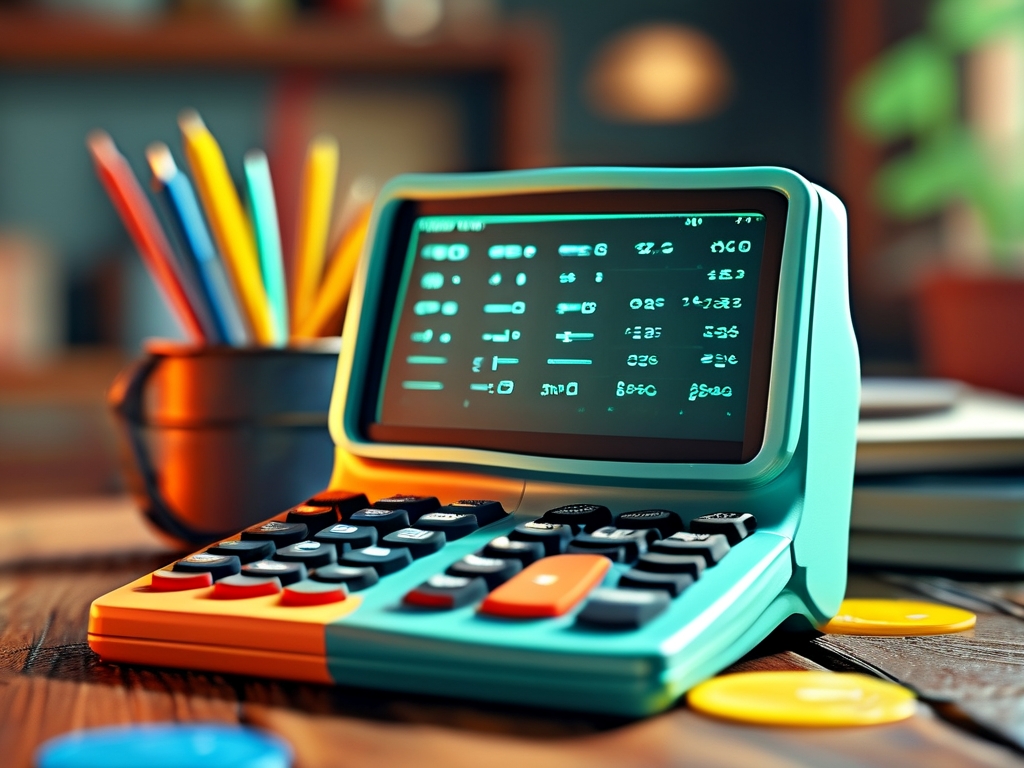Programmable calculators have long been essential tools for engineers, scientists, and students working with complex computations. One critical aspect of these devices is their memory capacity, which determines their ability to store programs, variables, and datasets. This article explores the memory specifications of programmable calculators, their evolution over time, and practical considerations for users.

Understanding Calculator Memory
Memory in programmable calculators is divided into two main categories: RAM (Random Access Memory) and ROM (Read-Only Memory). RAM stores temporary data like user-defined programs and variables, while ROM holds the calculator’s operating system and pre-installed functions. For most users, RAM is the primary concern, as it directly impacts how many programs or equations can be stored.
Historical Evolution of Memory Capacity
Early programmable calculators, such as the HP-65 (1974), offered just 100 steps of program memory—equivalent to about 1 KB by modern standards. By the 1980s, devices like the TI-81 increased this to 2.4 KB of RAM, allowing for more complex algebraic computations.
Modern graphing calculators, such as the TI-84 Plus CE, now feature 256 KB of RAM and 4 MB of flash memory, enabling advanced programming in languages like TI-BASIC or Python. High-end models like the HP Prime push boundaries further with 32 MB of RAM and 256 MB of storage, rivaling early smartphones in capability.
Key Factors Influencing Memory Needs
- Programming Complexity: Simple arithmetic scripts require minimal memory, while recursive algorithms or matrix operations demand more.
- Data Storage: Storing statistical datasets or graphical coordinates consumes RAM.
- Operating System Overhead: Preloaded apps (e.g., spreadsheets or geometry tools) reduce available memory.
Comparing Popular Models
- Casio fx-9750GIII: 61 KB RAM, suitable for entry-level programming.
- TI-Nspire CX II: 100 MB storage (non-expandable), ideal for classroom projects.
- SwissMicros DM42: 2 MB RAM, designed for precision engineering calculations.
Optimizing Memory Usage
Users often face limitations, especially in exam-approved devices with locked hardware. Strategies include:
- Code Compression: Removing comments or using shorthand syntax.
- External Storage: Some calculators support SD cards or USB transfers.
- Cloud Integration: Newer models sync data to apps, bypassing onboard limits.
Future Trends
Manufacturers are increasingly adopting modular memory designs, allowing users to upgrade RAM via expansion slots. Open-source firmware projects also let enthusiasts repurpose older calculators for modern tasks.
In , while programmable calculators may never match desktop computers in raw memory, their optimized architectures ensure they remain indispensable tools. Understanding their memory capabilities helps users select the right device for mathematical exploration, programming experiments, or professional applications.

